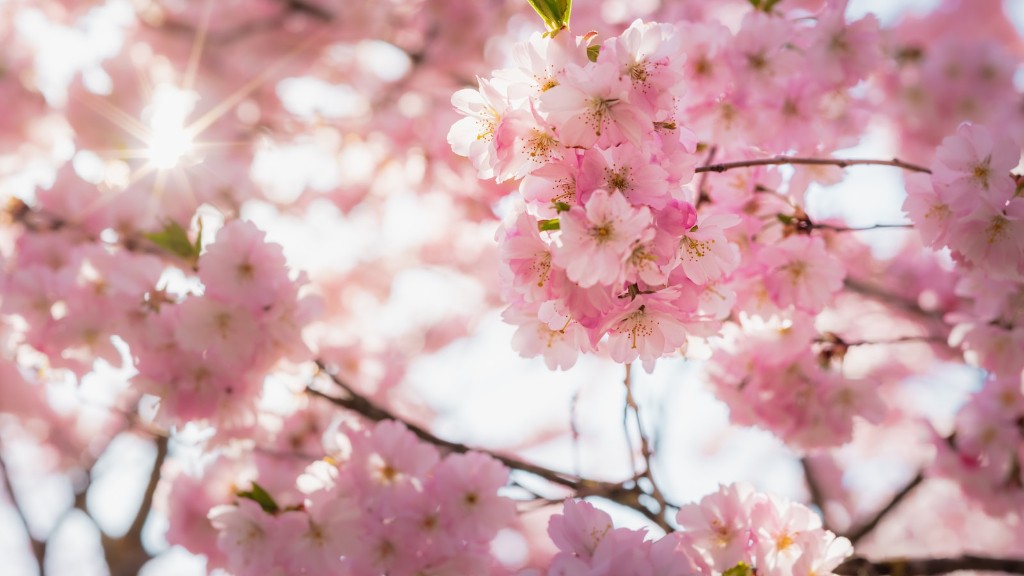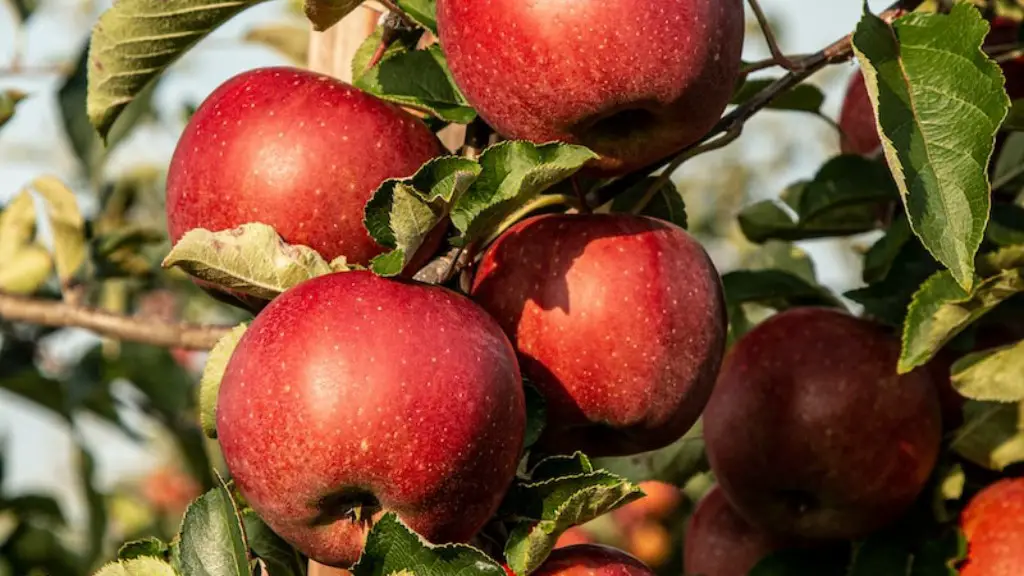Understanding the Basics of Watering Cherry Trees
When watering a cherry tree, there are a few key points to keep in mind. Firstly, the location of the tree can have an impact on the amount of water it needs. Trees located in a more shade are likely to need less water than those in a sunnier, drier spot. Secondly, the type of soil in which the tree is planted is important, as this can exacerbate the need for more or less water. Soil with a higher clay content will tend to stay moister and require less frequent watering, while sandy soil can evaporate moisture quickly and need more frequent replenishing.
Thirdly, the stage of growth of the tree will also determine water requirements. New, immature cherry trees need more frequent watering in order to help establish deep roots and secure healthy, sustained growth. Established cherry trees require less frequent watering, particularly if rainfall is frequent and plentiful. Lastly, the time of year also affects the water needs of a cherry tree. During the summer, trees require more frequent watering, as heat and dryness take a toll. In the winter, cherry trees need less, as the cold and wet weather helps keep them hydrated.
How Much Water and How Often
The best way to water cherry trees is to soak the soil slowly and deeply, to allow water to soak down and meet the roots. This can involve using a garden hose, but this requires regular monitoring to ensure that the water is reaching the roots and not evaporating. A more efficient way of watering cherry trees is to use an irrigation system to create a deep and consistent water supply, which can be scheduled for regular intervals. Of course, this largely depends on the financial and practical resources available to the grower, as well as the size of the area that needs to be watered.
As a general rule of thumb, during the growing season, established cherry trees need around 10 gallons of water per week during times of hot or dry weather. When rainfall is plentiful or temperatures are cooler, the tree may need less frequent watering. Newly planted trees require more frequent watering during their first few years, to establish a secure base, around 3-4 times per week.
Additional Considerations
Cherry trees are also susceptible to certain diseases, particularly if they are not sufficiently hydrated. Powdery mildew is a common issue in dry conditions, resulting in a white coating on leaves, buds and flowers. The water needs of trees can also be more easily monitored if an adequate layer of mulch is added around the base of the tree, to help retain moisture.
Therefore, for healthy growth and a good yield of fruit every year, cherry trees should be well-watered but not over-watered. Knowing the basic principles of when and how to water is essential for providing a secure foundation for this attractive and bountiful fruit tree.
Knowing When to Stop Watering
Another important point to consider when watering cherry trees is knowing when to stop. For established trees, these can be left unwatered until the conditions become excessively hot or dry, or the soil is completely dry. During these periods, water should be applied until the soil is moist throughout. For over-watering, certain symptoms will alert the grower, such as wilting or yellowing of the leaves, drooping branches and sluggish growth.
If these signs become visible, the tree should not be watered until the soil has dried out, or the rate of water supply should be reduced. A good test is carrying out a simple soil test to check the moisture content: if a handful of soil can be compressed into a ball in the hand, then water is not required.
Additional Benefits of Watering
Watering cherry trees can also have other benefits in addition to healthy growth and a plentiful yield of fruit. For smaller birds and animals, a regular water supply can help attract these species to the area, as well as help to provide food as a result of the fruit produced by the tree.
In addition, a well-watered tree is also better equipped to deal with environmental stresses such as heat, cold and pests, and will generally produce better quality fruit, making it a more attractive option for consumers.
Factors Influencing Water Needs
When considering how often to water a cherry tree, the key factors that need to be taken into account are the location, the type of soil, the stage of growth and the time of year, as these elements all play a role in influencing water needs. Knowing how to assess and then act upon these factors is essential to ensure an adequate but measured supply of water is available to the tree at all times.
Unexpected Sources of Fresh Water
Finally, an aspect of watering a cherry tree that is not always taken into account is the natural sources of fresh water that can be found in your garden. Rather than merely focusing on the use of hoses, sprinklers or irrigation systems to water the tree, there are a number of ways to make use of existing water sources such as rainwater, melting snow and streams. By capturing and utilising these water sources, it may be possible to significantly reduce the amount of watering the tree requires.

